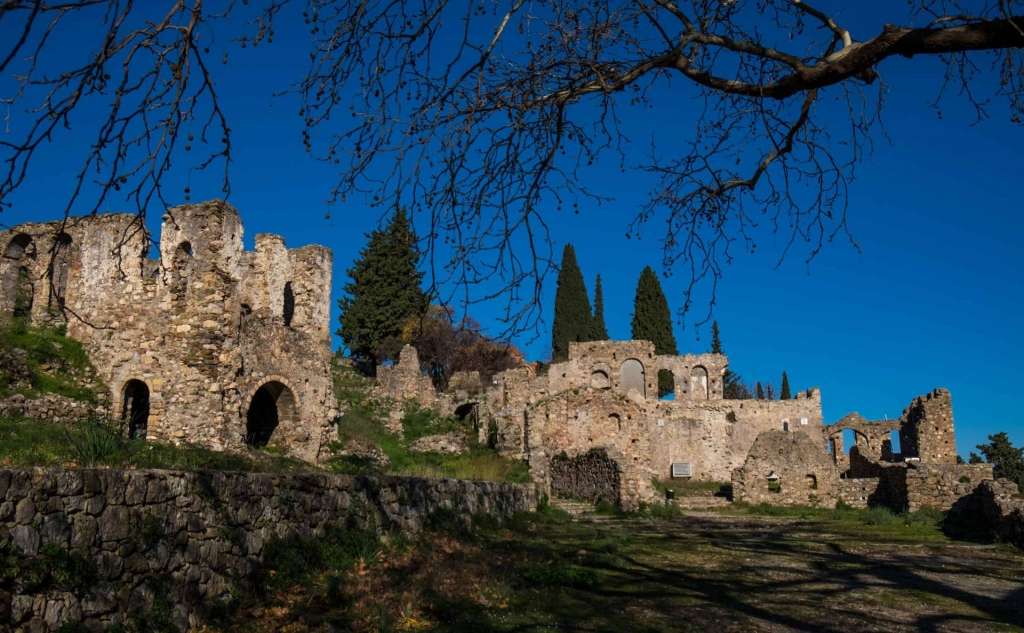Monastery of Panagia Vresthenitissa

To the northwest of the village of Vresthena, at a distance of 4.5 km, on a low hill, the Monastery of Panagia Vresthenitissa is preserved. The monastery is dedicated to the Assumption of the Virgin Mary and for a long time was the cathedral of the old Diocese of Vresthena.
The monastery was founded in the 14th century, as evidenced by the remarkable frescoes that decorate the church's interior. In 1704, significant restoration works were carried out, while in July 1826, it was destroyed by a fire put by Ibrahim's troops. The end of the monastery occurred in 1834 with a decree by Otto (which concerned the dissolution of small (with a small number of monks) monasteries).
Today, the katholikon, as well as a two-storey building within the precinct, survive from the monastery. The katholikon belongs to the architectural type of the three-aisled, vaulted basilica. The sanctuary ends in three three-sided external arches, while a little lower than the windows, there is a row of bricks. The church is made of stone with masonry, consisting of raw stones. The original marble iconostasis (which is not preserved today) retains only its central part in front of the Holy Step. Written decoration survives only in the middle aisle of the church and the Holy Step.
On the south side of its precinct, the second building of the monastery consists of a low single vaulted ground floor and roof, divided into three rooms that do not communicate with each other. In all probability, these rooms were the cells of the last monks of the monastery.



